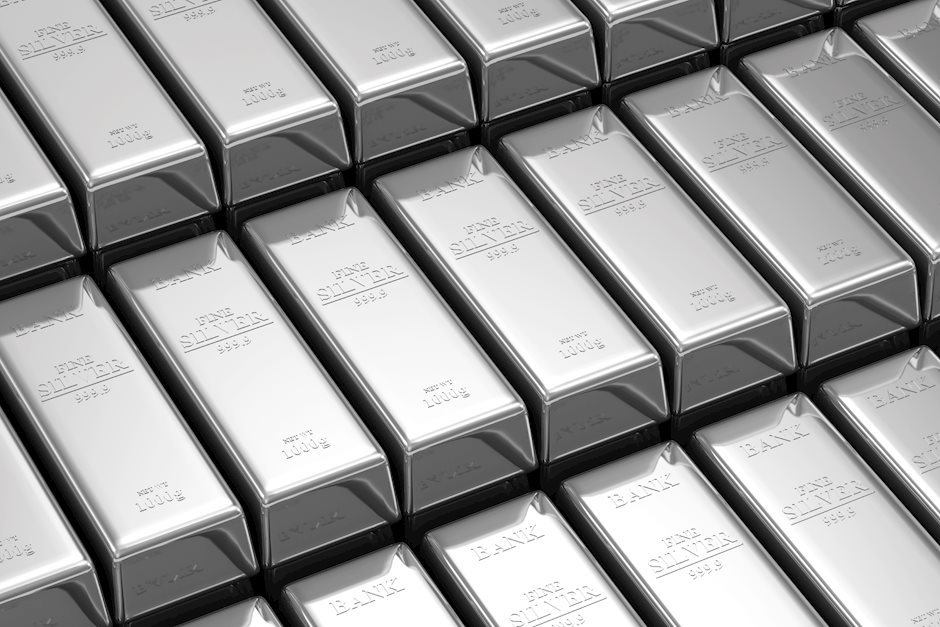Silver Price Forecast: XAG/USD remains below $31.50 after PBoC policy decision
- Silver price remains subdued as PBoC maintained the benchmark interest rate at 3.1% for November.
- The demand for safe-haven silver could increase due to heightened tensions in the Russia-Ukraine conflict.
- The dollar-denominated Silver gained demand as the US Dollar experienced profit-taking selling after a recent rally.

Silver price (XAG/USD) retraces its recent gains, trading around $31.20 per troy ounce during the Asian session on Wednesday. The price of Silver might have faced downward pressure after the People’s Bank of China (PBoC) Monetary Policy Committee (MPC) decided to maintain the benchmark interest rate at 3.1% for November. Higher interest rates in China, a key global manufacturing hub for electronics, solar panels, and automotive components, would likely reduce industrial demand for Silver.
The price of the safe-haven bullion gained ground amid escalating tensions in the Russia-Ukraine conflict. According to a Reuters report late Tuesday, Ukraine deployed US-supplied ATACMS missiles to strike Russian territory for the first time, signaling a significant escalation on the 1,000th day of the conflict. However, market concerns eased slightly after Russian Foreign Minister Sergei Lavrov stated that the government would "do everything possible" to prevent the outbreak of nuclear war.
The dollar-denominated Silver strengthens its demand as the US Dollar (USD) experienced profit-taking selling after a recent rally. This rally was fueled by expectations of fewer Federal Reserve (Fed) rate cuts and optimism about US economic outperformance under the incoming Trump administration. A lower US Dollar makes the precious metals cheaper for buyers with foreign currencies, which increases the Silver demand.
Jeffrey Schmid, President of the Federal Reserve Bank of Kansas City, stated on Tuesday that he expects both inflation and employment to move closer to the Fed's targets. Schmid explained that rate cuts signal the Fed's confidence in inflation trending toward its 2% goal. He also noted that while large fiscal deficits won't necessarily drive inflation, the Fed may need to counteract potential pressures with higher interest rates.
Silver FAQs
Silver is a precious metal highly traded among investors. It has been historically used as a store of value and a medium of exchange. Although less popular than Gold, traders may turn to Silver to diversify their investment portfolio, for its intrinsic value or as a potential hedge during high-inflation periods. Investors can buy physical Silver, in coins or in bars, or trade it through vehicles such as Exchange Traded Funds, which track its price on international markets.
Silver prices can move due to a wide range of factors. Geopolitical instability or fears of a deep recession can make Silver price escalate due to its safe-haven status, although to a lesser extent than Gold's. As a yieldless asset, Silver tends to rise with lower interest rates. Its moves also depend on how the US Dollar (USD) behaves as the asset is priced in dollars (XAG/USD). A strong Dollar tends to keep the price of Silver at bay, whereas a weaker Dollar is likely to propel prices up. Other factors such as investment demand, mining supply – Silver is much more abundant than Gold – and recycling rates can also affect prices.
Silver is widely used in industry, particularly in sectors such as electronics or solar energy, as it has one of the highest electric conductivity of all metals – more than Copper and Gold. A surge in demand can increase prices, while a decline tends to lower them. Dynamics in the US, Chinese and Indian economies can also contribute to price swings: for the US and particularly China, their big industrial sectors use Silver in various processes; in India, consumers’ demand for the precious metal for jewellery also plays a key role in setting prices.
Silver prices tend to follow Gold's moves. When Gold prices rise, Silver typically follows suit, as their status as safe-haven assets is similar. The Gold/Silver ratio, which shows the number of ounces of Silver needed to equal the value of one ounce of Gold, may help to determine the relative valuation between both metals. Some investors may consider a high ratio as an indicator that Silver is undervalued, or Gold is overvalued. On the contrary, a low ratio might suggest that Gold is undervalued relative to Silver.
Author

Akhtar Faruqui
FXStreet
Akhtar Faruqui is a Forex Analyst based in New Delhi, India. With a keen eye for market trends and a passion for dissecting complex financial dynamics, he is dedicated to delivering accurate and insightful Forex news and analysis.

















